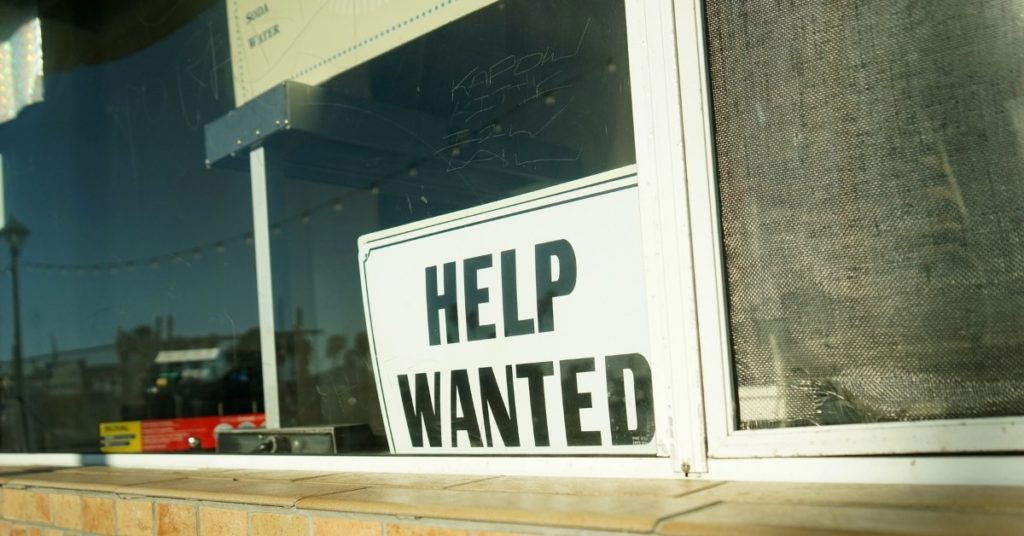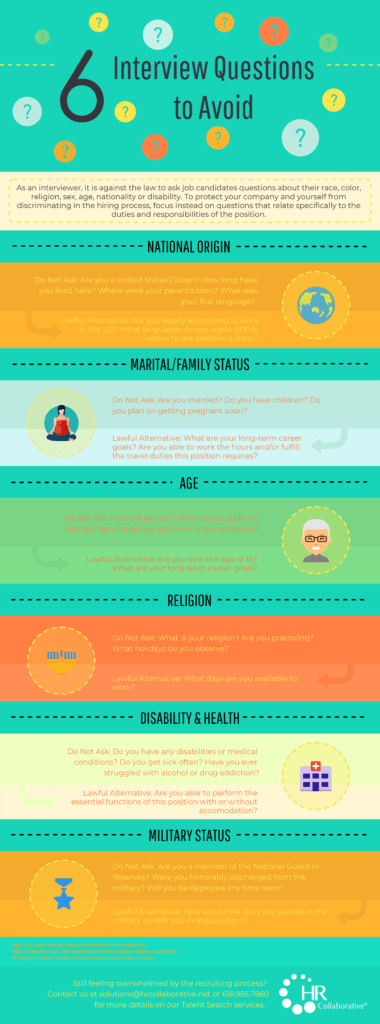Why Employee Wellness Is Well Worth the Investment

In February of 2021, our founder, Beth Kelly, spoke on a panel for the West Michigan Association for Corporate Growth (ACG). The topic: Mental Wellbeing in the Workplace. In this article, we cover Beth’s insights into how HR and leadership can best invest in employee wellness.
Wellness is having a moment. Employee wellbeing has been an ongoing topic in HR for decades. But now, it’s a top priority for organizations big and small.
- Investment was growing pre-pandemic. From Employee Assistance Programs (EAPs) to gym memberships to on-site yoga classes, wellness programs have boomed the past few years — often as perks designed to attract and keep top talent in a tight labor market.
- The 2020 accelerator. But the stresses of last year have shifted the conversation. No longer is employee wellbeing just a recruitment and retention tactic. It’s essential to an organization’s survival.
From the Benefits Department to the Boardroom. The past 12 months have made clear to senior leadership the ROI of investing in employee wellness.
- It speaks to sustainable performance over time. As we move into Year 2 of the pandemic, the ability to perform under chronic stress is becoming a competitive differentiator.
- “How can we create an environment that relieves stress?” Leaders are beginning to see employee wellbeing, not as a series of initiatives, but as an organization-wide rewiring.
Taking initiative. The decades of discussing and experimenting with wellbeing programs have taught HR that offering a benefit is often the easy part. Getting employees to take advantage of that benefit is the real challenge.
- Self-driven activities to organization-wide action. EAPs are wonderful, but they’re also underused. Offering yoga classes is fantastic, but employees have to attend to benefit. Increasing utilization requires intentional incentivization and structural changes.
Case in point, PTO and vacation. This past year, utilization of both has plummeted. Who wants to take off just to stay where they’ve been working the last year?
- Low use, high risk. Not only is this less time off negatively impacting workforce health, but it’s also increasing liability for organizations that carry PTO and vacation on the balance sheet.
A break from the chaos. Not every wellness initiative needs to add something new. In fact, the opposite may be the most impactful. The last thing employees need during chaos is more things to worry about.
- Zoom-Free Fridays. For example, one of our partner organizations has made the last day of the week Zoom-free. No video, no chats, no meetings. Employees don’t even need to be at their desks. They’re encouraged to take time off from the computer screen.
- Not always on. We’re also seeing a growing de-emphasis on email and real-time communication. Asynchronous collaboration tools are gaining steam as organizations see the upsides of allowing employees to step away when needed.
Wellness starts at the top. Along with re-structuring to incentivize wellness, leadership plays a key role in creating environments that relieve stress.
- Openness. Ensuring your culture is okay with talking about mental wellness often requires leadership to model it first. When managers talk with their team about their own struggles, it can normalize the conversation.
- Empathy. Leaders also need to be able to understand where people are coming from, even if they don’t have those same experiences. For example: Are your kids grown up? You probably have fewer distractions at home than at the office. But that’s probably not true for colleagues with school-age children.
- Action. Actively listening is step one. Understanding your team’s challenges is step two. Step three? Making changes. Organizations that screen for leaders who excel at all three will accelerate the shift to a culture that encourages wellbeing.
Bottom line: Wellness is having its moment. But without structural changes, most organizations will see a low return on the investment. Leadership needs to embrace employee wellbeing, not as a perk, but as critical to the bottom line.
Our Most Recent Articles

Employers to Benefit from New Kinexus Group Acquisition of HR Collaborative
The team at Kinexus Group announced today that they have officially acquired HR Collaborative, a west Michigan-based, women-led community of fractional HR professionals, to meet unmet demand and to serve more employers than ever before.































































































